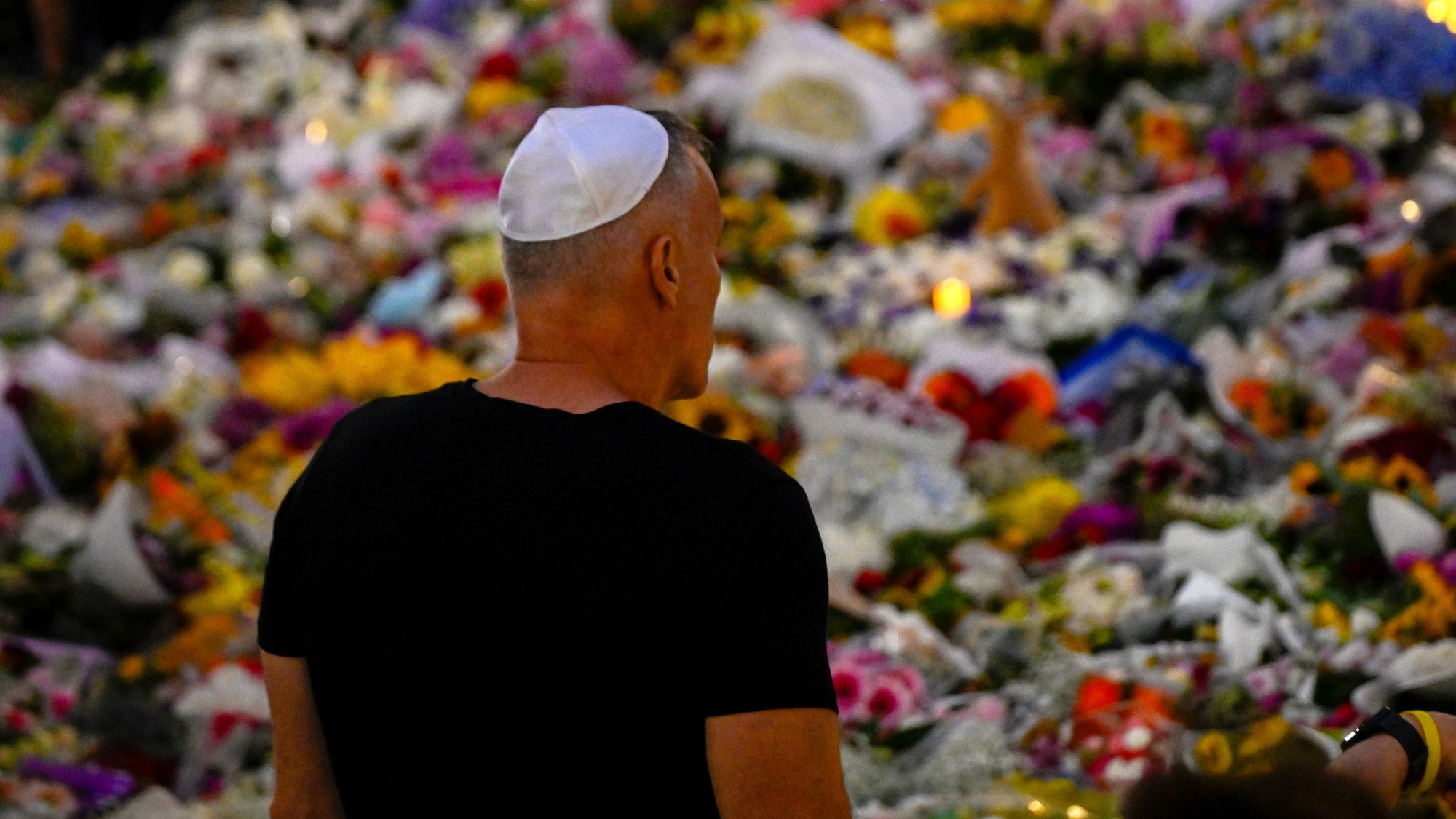Exhibit of the week: Warhol on the Mall
On the Mall in Washington, D.C. are two very different exhibits of the work of Andy Warhol.
National Gallery of Art
Washington, D.C.
Through Jan. 2
The Week
Escape your echo chamber. Get the facts behind the news, plus analysis from multiple perspectives.

Sign up for The Week's Free Newsletters
From our morning news briefing to a weekly Good News Newsletter, get the best of The Week delivered directly to your inbox.
From our morning news briefing to a weekly Good News Newsletter, get the best of The Week delivered directly to your inbox.
Hirshhorn Museum
Washington, D.C.
Through Jan. 15
If you think you know Andy Warhol, think again, said Sophie Gilbert in Washingtonian. Two “radically different exhibitions,” running concurrently in different museums on the National Mall, are focusing attention on aspects of the pop master’s work beyond his signature soup cans, Maos, and Marilyns. “Warhol: Headlines,” at the National Gallery, offers “a multifaceted look at Warhol’s obsession with fame and the media,” played out in 80 works that replicate and distort tabloid headlines. Across the Mall, “Andy Warhol: Shadows” is a sprawling, 450-foot-long work of abstraction that seems “tailor-made” for the circular second-floor gallery of the Hirshhorn. Viewers walk a “seemingly endless road of color” as they stroll past 102 screen-printed variations on two hazy images, supposedly generated from photographs of shadows in Warhol’s studio.
A free daily email with the biggest news stories of the day – and the best features from TheWeek.com
The dual shows mark the final ascension of an Andy Warhol that “the ‘serious’ art world once wanted no part of,” said Blake Gopnik in TheDailyBeast.com. Works like his shadow paintings “don’t register as unique works of genius”: In 1979, when they were first shown, they seemed of a piece with a prolonged sellout phase that culminated in the artist’s 1985 cameo on TV’s The Love Boat. “But that’s because Warhol had moved on to making un-unique art that tested what selling out might be about, in an America where selling more matters most.” And the late provocateur has had the last laugh. Collectors now “pay through the nose for a single shadow painting, as though it were a Rembrandt,” or at least a Warhol soup can. What’s more, by making being a sellout an accepted role for an artist, Warhol secured for himself a lasting position as “the most important figure in contemporary art.”
The work itself isn’t reducible to merely a joke, said Philip Kennicott in The Washington Post. Yes, the early newspaper drawings “feel a bit sophomoric.” But in 1981, when Warhol replicated an Italian paper’s front page to highlight the suffering caused by an earthquake, the resulting triptych achieved “an almost sacred seriousness.” Shadows is meanwhile both a gorgeous work and a staggering attempt to unspool “all the possibilities that can be wrung out of a simple idea.” Warhol’s perpetual insistence on erasing the hand of the artist can be “frustrating, even infuriating.” But his commitment to that strategy is the very reason we still talk about him.
-
 Who is fuelling the flames of antisemitism in Australia?
Who is fuelling the flames of antisemitism in Australia?Today’s Big Question Deadly Bondi Beach attack the result of ‘permissive environment’ where warning signs were ‘too often left unchecked’
-
 Bulgaria is the latest government to fall amid mass protests
Bulgaria is the latest government to fall amid mass protestsThe Explainer The country’s prime minister resigned as part of the fallout
-
 Codeword: December 15, 2025
Codeword: December 15, 2025The daily codeword puzzle from The Week